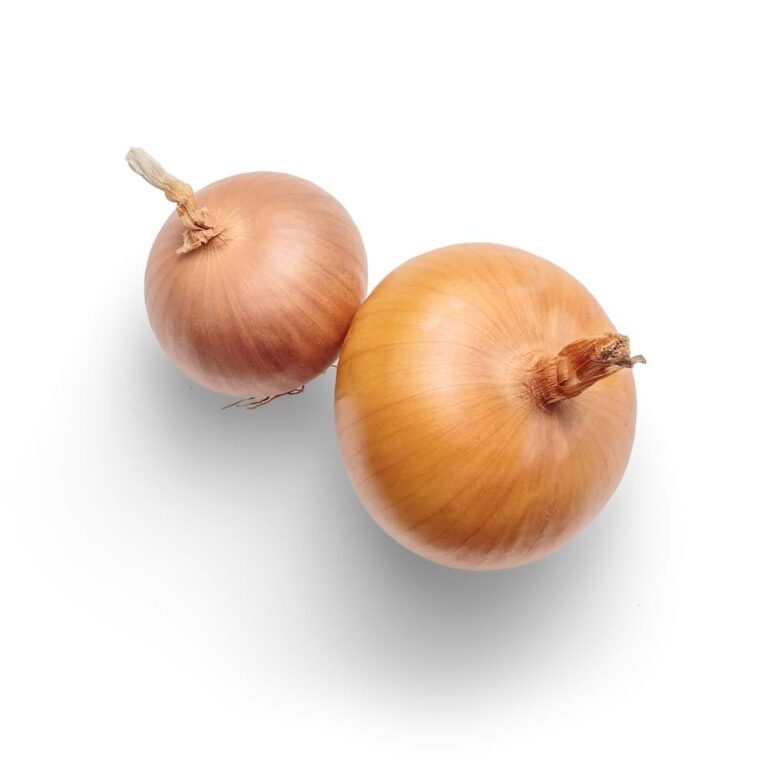sabrage
Sabrage is the French tradition of opening a bottle of champagne with a sword. Instead of gently removing the cork by hand, the neck of the bottle is struck with the blunt edge of a saber (ie, its back edge) so that the cork and collar of glass break away together. The rest of the…









